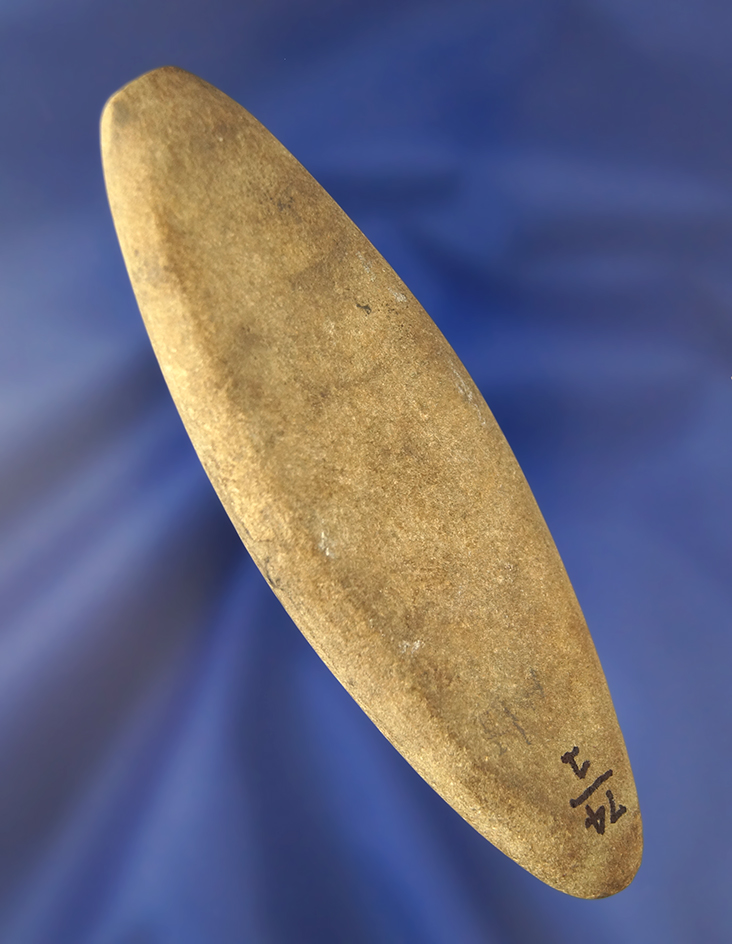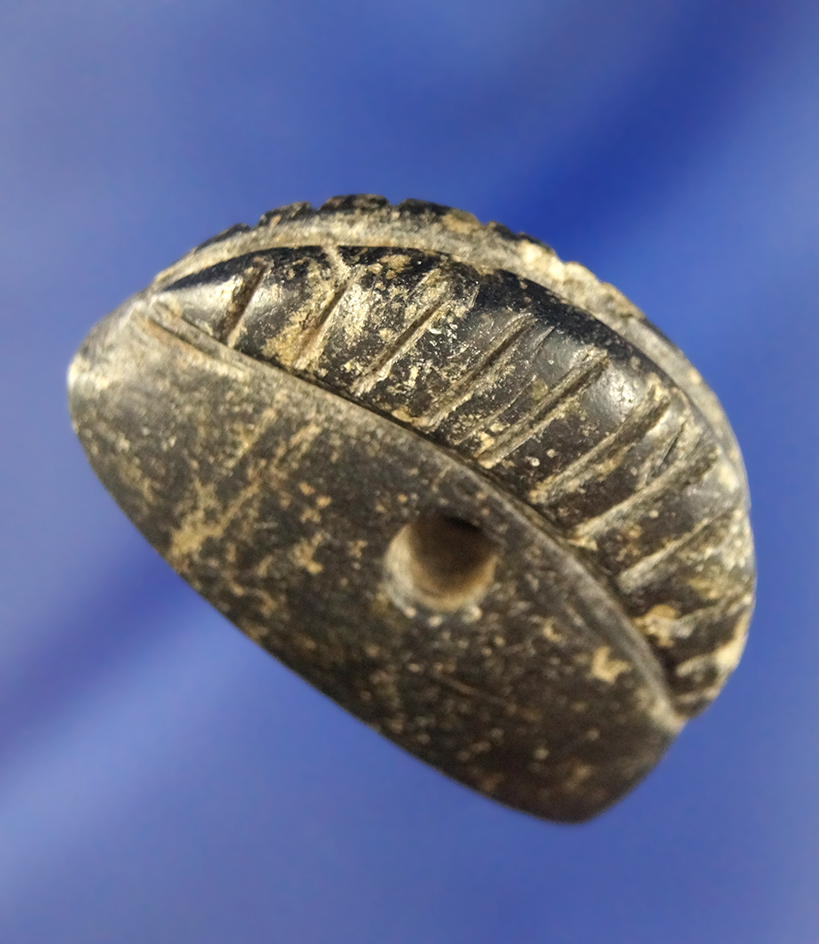The History of the Atl-Atl
 Atl-atls typically consist of a long, slender shaft with a hook or spur at one end to hold the butt of the spear or dart. The other end often features a grip or handle for the user to hold. Some atl-atls may also have finger loops or straps to secure the user's hand in place during the throwing motion. The primary function of the atl-atl is to extend the length of the user's throwing arm, thereby increasing the leverage and speed with which a spear or dart can be propelled. By using the atl-atl, hunters could achieve greater accuracy, range, and force compared to throwing by hand alone. Atl-atls have a long history and are found in various cultures around the world, including North and South America, Europe, Africa, and Australia. They were particularly prevalent among prehistoric and indigenous societies that relied on hunting for subsistence. Evidence of atl-atl use dates back thousands of years, with archaeological finds including atl-atl shafts, weights, and depictions in ancient artwork.
Atl-atls typically consist of a long, slender shaft with a hook or spur at one end to hold the butt of the spear or dart. The other end often features a grip or handle for the user to hold. Some atl-atls may also have finger loops or straps to secure the user's hand in place during the throwing motion. The primary function of the atl-atl is to extend the length of the user's throwing arm, thereby increasing the leverage and speed with which a spear or dart can be propelled. By using the atl-atl, hunters could achieve greater accuracy, range, and force compared to throwing by hand alone. Atl-atls have a long history and are found in various cultures around the world, including North and South America, Europe, Africa, and Australia. They were particularly prevalent among prehistoric and indigenous societies that relied on hunting for subsistence. Evidence of atl-atl use dates back thousands of years, with archaeological finds including atl-atl shafts, weights, and depictions in ancient artwork.
 Atl-atls provided several advantages over traditional hand throwing of spears or darts. By utilizing the mechanical advantage of the lever, users could generate greater kinetic energy and projectile velocity, resulting in improved hunting success and increased lethality against prey animals. Atl-atls were not only practical hunting tools but also held cultural significance in many indigenous societies. They were often imbued with symbolic meaning and featured in rituals, ceremonies, and religious beliefs. In some cultures, atl-atl making and use were passed down through generations as part of traditional knowledge and skills.
Atl-atls provided several advantages over traditional hand throwing of spears or darts. By utilizing the mechanical advantage of the lever, users could generate greater kinetic energy and projectile velocity, resulting in improved hunting success and increased lethality against prey animals. Atl-atls were not only practical hunting tools but also held cultural significance in many indigenous societies. They were often imbued with symbolic meaning and featured in rituals, ceremonies, and religious beliefs. In some cultures, atl-atl making and use were passed down through generations as part of traditional knowledge and skills.
The design of atl-atls varied among different cultures and regions, reflecting local materials, technological innovations, and hunting practices. Some atl-atls were simple in design, consisting of a straight shaft with a hook, while others were more elaborately crafted with decorative elements or functional enhancements.; Although the use of atl-atls declined with the advent of more advanced hunting technologies such as bows and firearms, they continue to be studied, recreated, and used by modern enthusiasts and experimental archaeologists. Some indigenous communities also maintain traditional atl-atl practices as part of their cultural heritage and identity.
